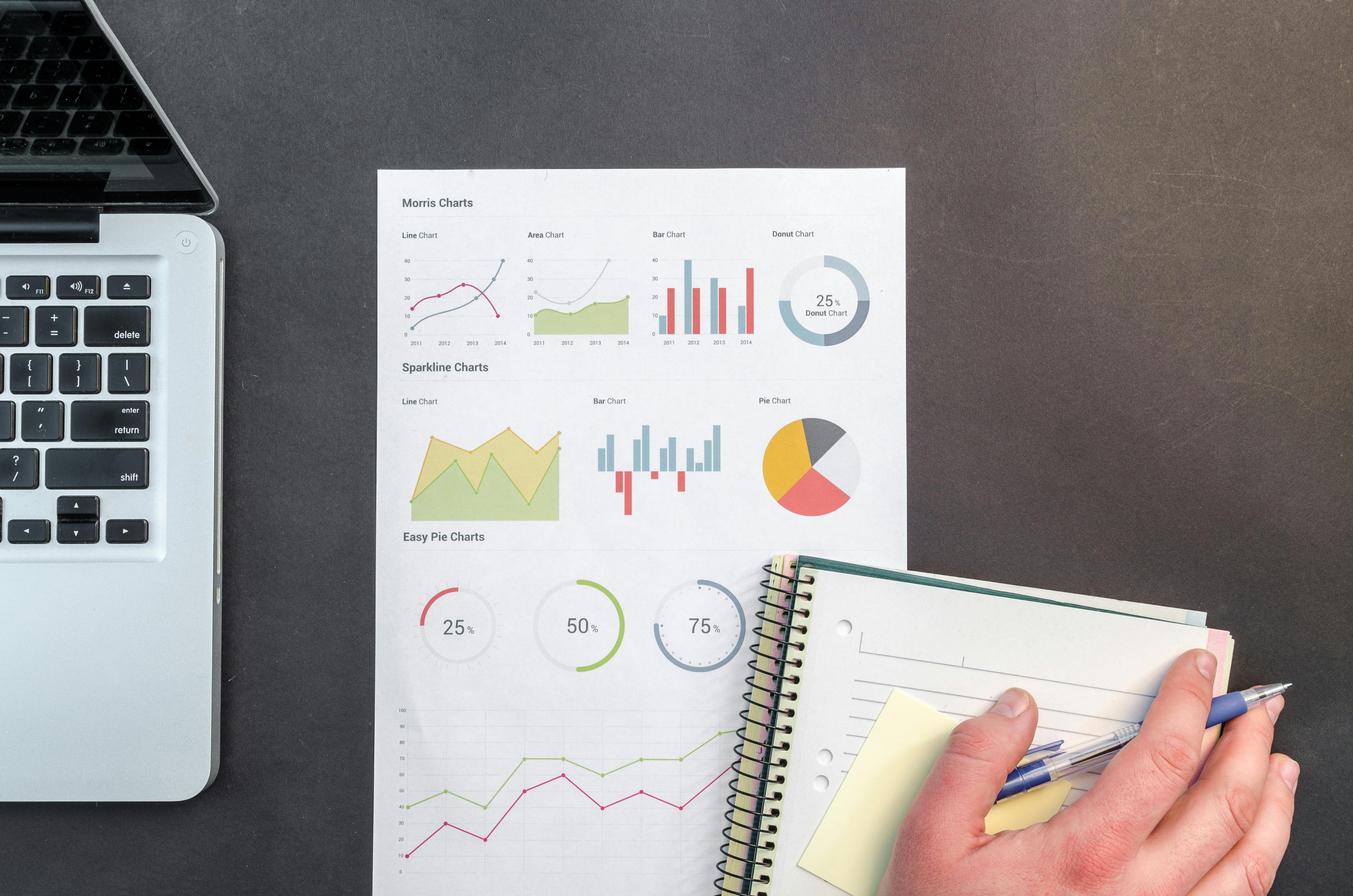AI Transformation of Global Insurance Policies: From Risk to Predictive Protection

The global insurance landscape is no longer built on uncertainty — it’s being rewritten by artificial intelligence. In 2025, the most profitable insurers are not those reacting to claims, but those predicting them with surgical precision. The world has entered the era of predictive protection — where every risk can be modeled, simulated, and managed before it happens.
This transformation is redefining how policies are created, priced, and maintained. AI-driven systems analyze millions of data points per second — from climate shifts to health biomarkers — allowing underwriters to predict and prevent losses rather than merely respond to them. The shift from traditional underwriting to dynamic risk intelligence is the new competitive frontier.

The New Equation of Risk
Risk assessment has evolved from static tables into living, breathing AI ecosystems. Insurance models now learn in real time — tracking behavior, weather, vehicle usage, and health metrics to adjust premiums instantly. Predictive analytics transforms randomness into measurable probability.
In the past, insurers could only react after disaster struck. Today, companies like Lemonade, Allianz, and Ping An are deploying machine learning algorithms that detect risk patterns before humans even notice them. This is not just better protection — it’s a revolution in actuarial science.
Dynamic Policy Pricing: When Algorithms Become Underwriters
Pricing insurance policies used to be a slow process — built on historical averages and assumptions. Today, AI algorithms evaluate risk profiles instantly and adjust premiums on demand. The insurer’s pricing team has evolved into an ecosystem of self-learning models that adapt to new realities in real time.
This dynamic pricing approach allows insurers to personalize coverage for each policyholder. A driver who uses a telematics-enabled car can receive daily premium updates based on driving behavior. A farmer using smart IoT sensors — as seen in Smart Agriculture Insurance 2025 — gains real-time crop protection adjustments based on rainfall, soil data, and satellite weather insights.

Behavioral Risk Modeling: Predicting Human Decisions
Beyond numbers and patterns, AI is now decoding behavioral risk — understanding how human decisions influence loss probability. Through machine learning, insurers analyze payment history, online activity, and lifestyle patterns to predict which customers are likely to cancel early or file frequent claims.
The shift from demographic-based assessment to behavioral intelligence represents a major leap in underwriting. It’s not about who the customer is, but how they act. This insight fuels both profitability and customer retention, forming the foundation for the next evolution of AI-driven policy ecosystems.

AI Claims Automation: From Response to Anticipation
Claims used to be the insurance industry’s slowest process — but AI has turned it into a real-time event. Systems trained on millions of past claims now detect anomalies, verify evidence, and issue payouts automatically.
In the era of AI-driven automation, insurers can detect potential fraud, identify responsible parties, and process settlements within seconds. As detailed in Inside the AI Insurance Revolution, machine learning is allowing companies to transform the claim lifecycle into a digital handshake — faster, smarter, and cheaper.

Reinsurance Intelligence: The Hidden Brain of Global Risk
Reinsurers once relied on spreadsheets and intuition to model multi-billion-dollar exposures. Today, they depend on AI-powered simulations that forecast global losses with near-military precision. These systems can model a year’s worth of hurricanes, crop failures, or cyberattacks — before they even occur.
The integration of predictive analytics and reinsurance strategy is redefining global financial stability. As explored in Claim Leverage, AI doesn’t just help insurers recover faster — it helps them prevent collapse entirely by pricing future uncertainty into the present moment.

The Predictive Enterprise: Where Every Decision Is Data-Driven
The insurers dominating the next decade are not the ones collecting more policies — they are the ones collecting more intelligence. Each decision, from underwriting to customer support, is now part of a continuous data feedback loop. Companies integrating AI, IoT, and blockchain are turning traditional policy systems into predictive enterprises capable of forecasting risk in real time.
This evolution mirrors the trends discussed in Behavioral Credit Models and AI Compliance for Law Firms — industries once reactive are becoming anticipatory. The borders between finance, insurance, and law are dissolving into a unified ecosystem driven by algorithmic trust.

Case Study: Predictive Insurance in 2030
By 2030, leading insurers such as Munich Re and AXA are projected to automate more than 85% of their risk-assessment workflows. Predictive models will continuously update coverage based on satellite imagery, biometric data, and real-time economic indicators. In essence, insurance becomes an intelligent companion — learning and evolving alongside the insured.
The fusion of AI, ethics, and predictive analytics signals the end of one-size-fits-all protection. Tomorrow’s insurance won’t wait for loss; it will anticipate it, shaping a world where protection is proactive, personal, and powered by data.

Want to explore how predictive AI is transforming every corner of finance and law? Read more in Beyond Approval: How AI Evaluates Borrowers Beyond Credit Scores and Client Trust in the Age of AI Counsel to see how data intelligence is redefining trust, value, and protection worldwide.
